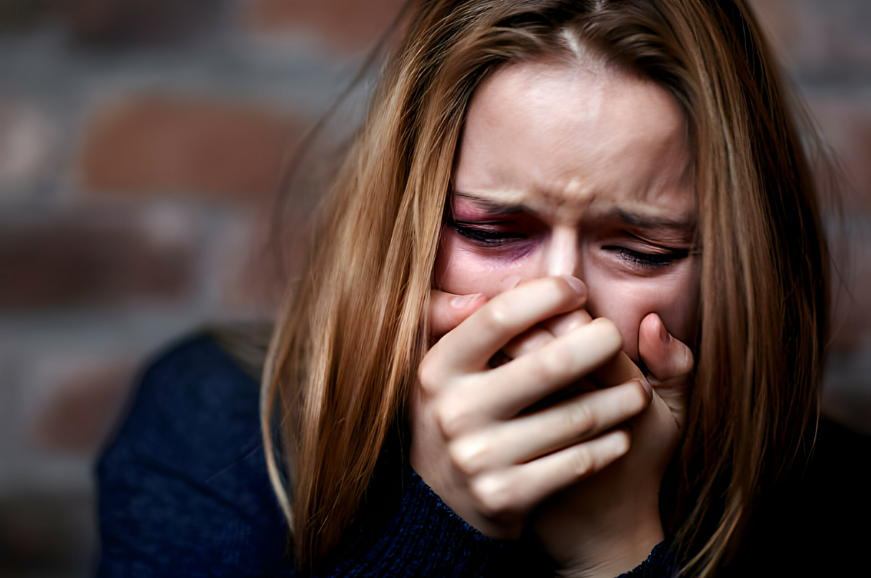Anxiety is your brain’s normal reaction to stress. It is our normal response to whatever is happening in our surroundings. However, some people experience severe effects of this anxiety, such as panic attacks, at its peak, we term this condition anxiety disorder. These anxiety disorders are one of the most common types of mental illnesses.
It has now become a very common term among adults, such that around 30% of adults are affected by this disorder at some stage of their lives.
In this article, we will cover what exactly you mean by an anxiety disorder, the factors leading to it, the types, symptoms diagnosis, treatment, risk factors, and everything you need to know about anxiety disorders.
What is Anxiety Disorder?
When you are stressed, your brain responds to it and warns you that some sort of danger might be coming ahead. This feeling is referred to as anxiety. But this anxiety isn’t always harmful. Some of the time, it can prove to be beneficial for your day-to-day balance.
It captures your attention in a risky situation to help you stay safe. But when you say it’s an anxiety disorder, it means that there are a variety of psychological conditions resulting in persistent fear and anxiety.
Out of all types of mental illnesses, anxiety disorder is the most common. The percentage of the global population with diagnosed cases varies from 2.5% to 7%, depending on the region where women are more likely than men to report symptoms.
Anxiety disorders can be challenging, as they interfere with your daily activities and make it hard for you to control your feelings and emotions. They can also have a long-term effect.
But it doesn’t mean that this disorder is incurable. A variety of psychotherapy interventions can be used to treat anxiety problems. Most people benefit from treatment and have regular, productive lives.
Factors that lead to Anxiety Disorders
It is not true to say that anxiety always develops naturally. Certain circumstances can lead to the development or increase of different types of anxiety disorders. These may include:
- Trauma at a certain stage of life
- Some psychological characteristics involve refusing to interact and feeling uneasy around strangers in surroundings.
- A few medical disorders, such as thyroid issues and cardiac arrhythmias (abnormal heart rhythms).
- Depression or other mental illnesses flow through the family.
What are the Types of Anxiety Disorders?
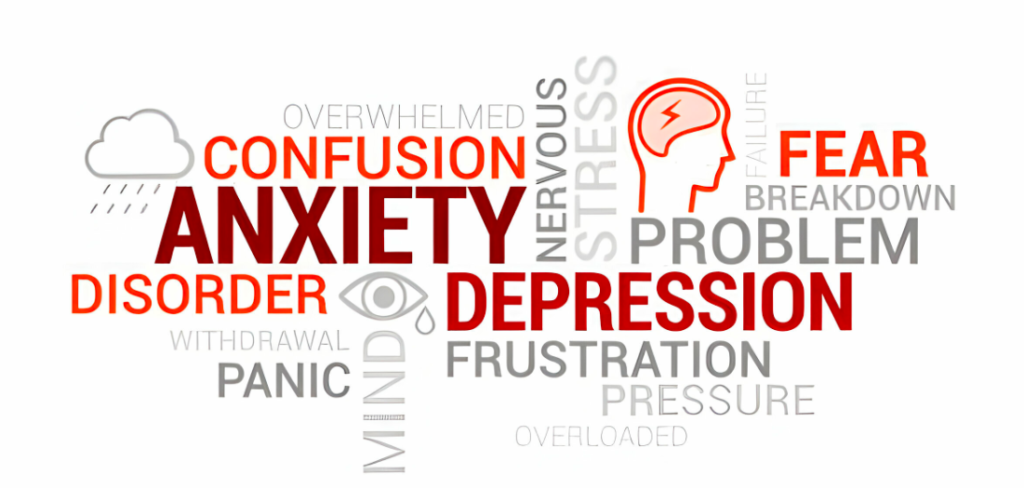
When anxiety is high, unreasonable, and gets in the way of a person’s ability to go about their daily lives, it is considered a disorder. Anxiety disorders are commonly classified into different types, as follows:
- Panic disorders
- Generalized anxiety disorder
- Social phobias
- Specific phobias
- Agoraphobia
- Separation Anxiety Disorder
1. Panic Disorders
The common feature of panic disorders is panic attacks, which are an excessive combination of fear and dread that reach a peak in a matter of minutes. Although less prevalent, panic disorders impact 2% of the population.
If a person typically experiences at least four panic episodes per month for a prolonged time, he can usually be diagnosed with a panic disorder.
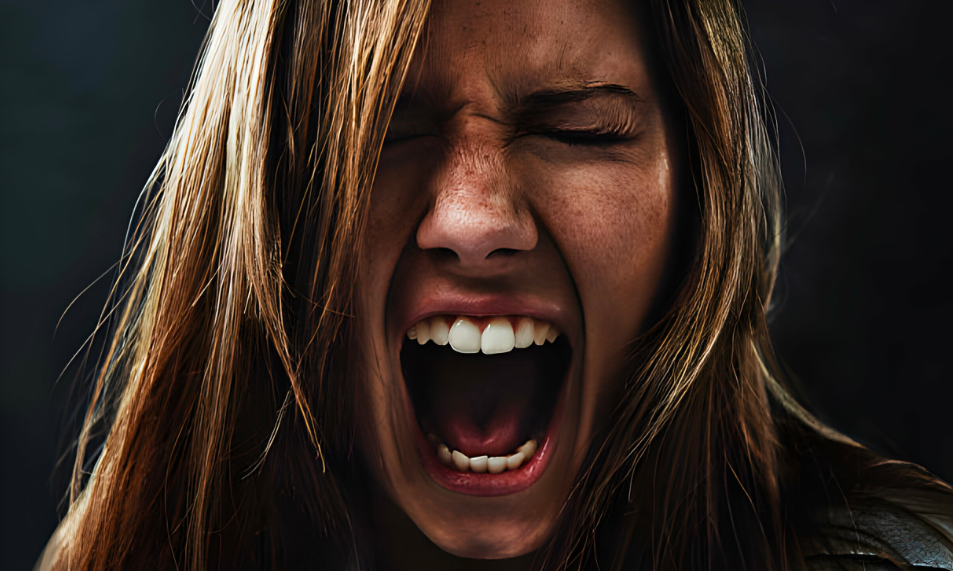
During an attack, the person might feel the following symptoms:
- Fear of losing control
- Feeling detached
- Sweating
- Palpitations or rapid heart rate
- Shortness of breath
- Chest pain
- Shaking or Trembling
- Feeling dizzy, light-headed, or faint
- Fear of dying
- Feeling of choking
- Tingling or Numbness
- Abdominal pains or Nausea
- Chills
People between the ages of 20-24 are at high risk of panic disorders. Panic attacks are often mistaken for heart attacks, so precaution is necessary.
2. Generalized Anxiety Disorder
A popular mental health illness named generalized anxiety disorder (GAD) can be illustrated as persistent, unsustainable worry that exceeds situational boundaries. GAD-affected people tackling issues regarding jobs, health, and relationships have to face extreme anxiety.
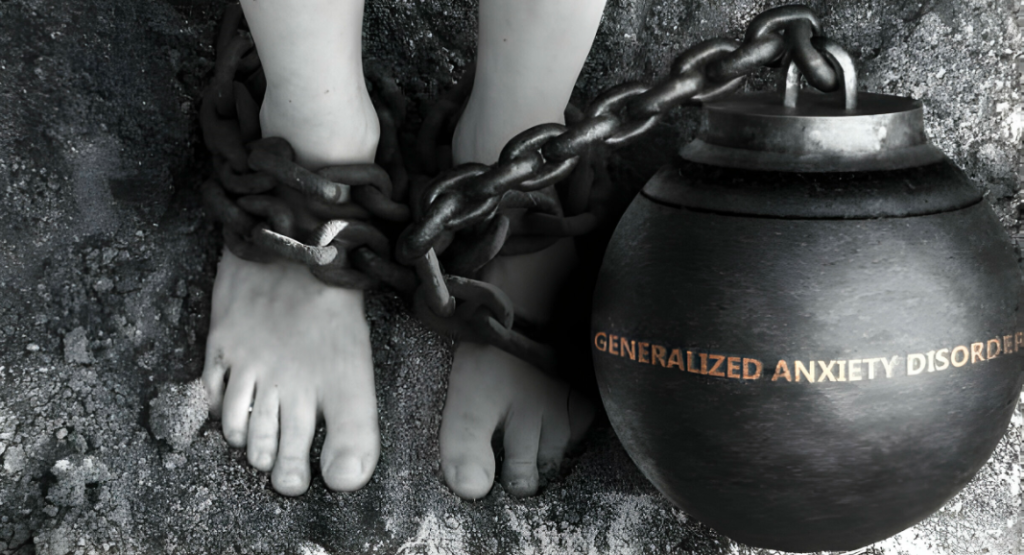
There are two main things to be focused on to be diagnosed with this disorder.
- Feeling difficulty in controlling the anxiety
- Anxiety and worry have been prevalent on most days over the past six months.
Basically, it is a type of anxiety that is felt with little or no specific reason. The physical symptoms accompanied by generalized anxiety disorder are:
- muscle tension
- fatigue
- restlessness
- sleeping problems
- difficulty concentrating
3. Social Phobias
Social phobia, also known as social anxiety disorder, is a mental condition in which the person feels an extreme fear of situations in society and a constant concern about being criticized, embarrassed, or humiliated by others. It is like a person is afraid to be looked down on by others in a social gathering.

People affected by social anxiety disorders always try to avoid social interactions. Speaking in front of an audience, interacting with strangers, and taking part in group activities are typical triggers. Fear of receiving a poor review can cause physical symptoms like
- Sweating
- Shaking
- Blushing
- Trouble Communicating
Social anxiety can cause problems in day-to-day living, impacting relationships, general well-being, and success in school or the workplace.
4. Specific Phobias
Specific phobias include severe and illogical dread of certain things, circumstances, or activities. These worries are quite specific, in contrast to generalized anxiety, and they might cause panic attacks or anxiety attacks right away.
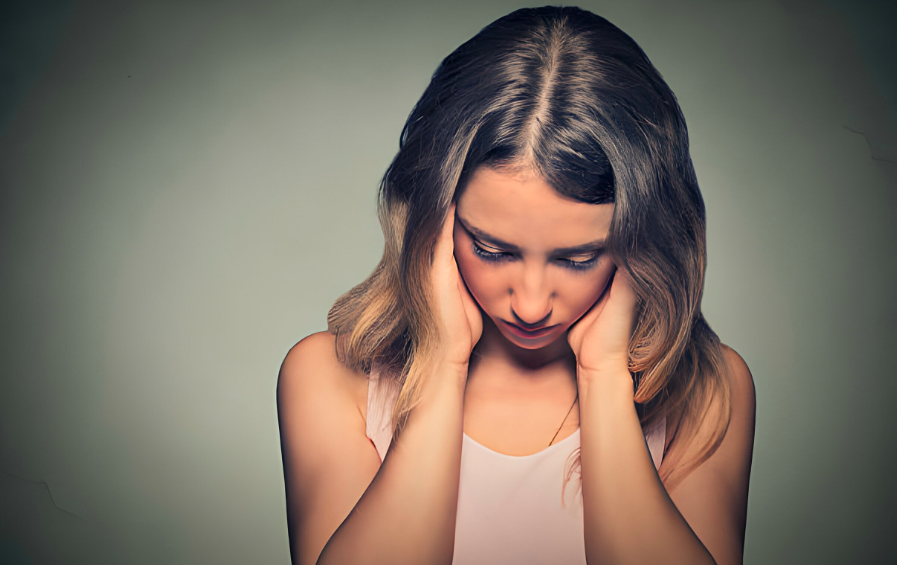
This type of anxiety disorder is generally harmless but interferes. Typical examples include phobias of needles, spiders, heights, and flying.
Such fear can be so severe that contact with the respective thing or condition might cause panic attacks and other physical symptoms
Specific phobias have no specific cause or reason, and the person suffering from them also knows that they are unreasonable. However, his urge to resist the conditions may interfere excessively with his life.
5. Agoraphobia
Agoraphobia is a mental state that makes a person afraid of a condition where it is hard to get help and exit an emergency. If an emergency arises, this disorder will make the person fear that he won’t be able to get out of there quickly enough or find aid quickly enough.
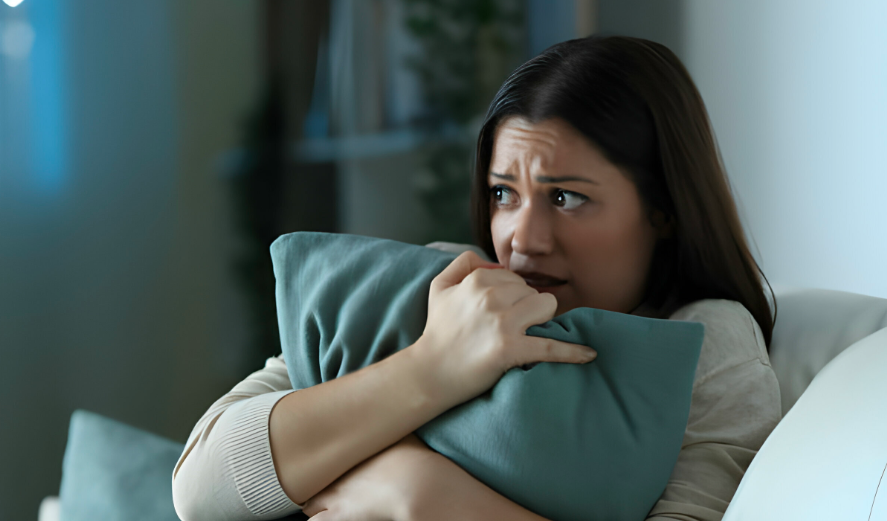
For instance, one might have anxiety or panic when
- Using Public Transit
- Flying
- Traveling alone
- Standing in a crowd
In extreme cases, the suffering person may become so terrified that he begins to avoid stepping out of the house.
6. Selective Mutism
Selective mutism (SM) is an anxiety-related disease where the individual becomes unable to speak in social gatherings where there is an absolute need for communication. In this disorder, for instance, a child who generally speaks frequently at home can’t be frank in public places.

Children with this disorder may communicate non-verbally e.g. pointing, grunting, writing, etc. This lack of speech may hamper social communication and cause serious consequences, such as social isolation and academic issues.
Children may develop selective mutism until the age of 5, which will become prominent later after entering school. This disorder can also be mixed with social phobia, which remains even if the selective mutation has disappeared.
7. Separation Anxiety Disorder
This is a common anxiety disorder found mostly in children who feel anxious and worried when a loved one leaves. They are afraid and feel stressed when they get separated from the people they love.
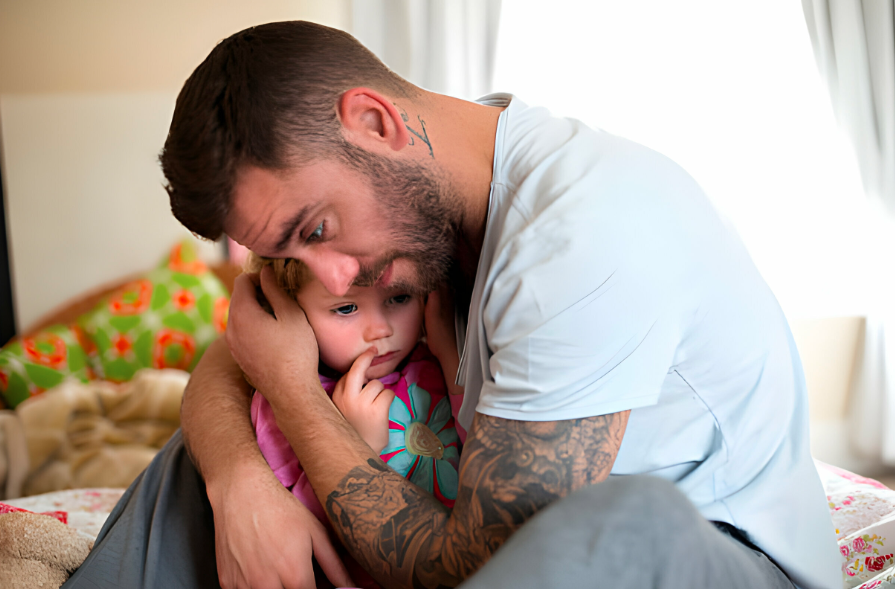
People with this disorder have a fear that their loved ones will face calamity after they’ve left. They are in constant fear that they will somehow lose the ones to whom they are attached. This fear can be so intense that it will cause them to have nightmares of separation, leading to a lack of sleep.
Most commonly, separation anxiety disorder develops at an early age; however, the symptoms may be long-lasting, reaching adulthood.
How often do Anxiety Disorders Occur?
- Specific Phobias: specific phobias prevalence ranges from 3% to 15% across the world, where phobias and fears related to animals and heights are the most common.
- Social Phobias: Globally, between 5% and 10% of people suffer from social anxiety disorder. It ranks third in terms of prevalence among mental health conditions, after depression and substance use disorders.
- Generalized Anxiety Disorder: Approximately 3% of adult people are affected. Around 1 in 4 children experience childhood anxiety at some point during the age range of 13 and 18. However, youngsters between the ages of 13 and 18 have a 6% lifetime risk of developing a severe anxiety condition.
- Separation Anxiety Disorder: Roughly 13 out of every 100 kids between the ages of 9 and 17 suffer from an anxiety illness, including separation anxiety disorder. The prevalence of separation anxiety disorder in children is about 4%.
- Selective Mutism: The incidence of selective mutism in early children is 1 in 140. Girls and young children who have just moved away from their birth country are more likely to experience it.
- Panic Disorders: Up to 11% of American adults report having a panic attack annually. Between 2% and 3% of Americans suffer from panic disorder.
- Agoraphobia: According to the DSM-5, agoraphobia affects roughly 1.7% of the overall population. It goes on to say that most agoraphobia cases manifest before reaching the age of 35.
How would you know you have an Anxiety Disorder?
In order to confirm if you are affected by the anxiety disorder, you can check if you face the following symptoms of the respective disorder.
Symptoms
The onset of symptoms may begin in either childhood or the teenage years and stay throughout the time of maturity. Anxiety disorders are primarily characterized by excessive dread or worry.
The symptoms of anxiety disorders may be characterized by physical, mental, and behavioral symptoms.
Physical Symptoms:
- Tingling or numbness in feet or hands
- Sweaty or cold hands
- Shortness of breath
- Dry mouth
- Muscle tension
- Nausea
- Heart palpitations
Mental Symptoms:
- Repeated flashbacks of traumatic experiences
- Feeling uncomfortable
- Fear and panic
- Obsessive and uncontrollable thoughts
- Nightmares
Behavioral Symptoms
- Trouble sleeping
- Ritualistic behaviors, such as repetitive hand-washing
- Unable to be calm
Diagnosis
How can I Diagnose Anxiety Disorder?
Well, there aren’t any test centers or certain scans that will assure you of the diagnosis. However, talking to your healthcare provider will aid you as they examine your medical history and physical conditions.
Is there any Treatment for Anxiety Disorders?
Most people with anxiety disorders don’t take it seriously and don’t seek any help, which leads to severe consequences. People don’t understand the need for treatment because they have developed a condition that must be cured.
Like most diseases, anxiety disorders can also be prevented or cured with serious care and several techniques.
Depending on the type of anxiety disorder, there are several techniques available for treatment. The most common of these techniques are psychotherapy (also known as talk therapy) and medications.
What Therapies or Techniques are useful in Recovering from Anxiety Disorders?
Cognitive behavioral therapy:
A form of talk therapy called cognitive behavior therapy (CBT) can teach a patient new ways to think, feel, and act in order to reduce anxiety.
Relaxation Techniques
It includes a variety of techniques, including breathing techniques, meditation, deep muscle relaxation, and counseling.
Exposure Therapy
This therapy entails applying a hierarchy of fears to gradually expose a person to anxiety-inducing circumstances; this process is known as systematic desensitization.
What Types of Medications do help Treat Anxiety Disorders?
As far as medications are concerned, although they cannot treat anxiety disorders completely, they can significantly lessen their symptoms.
The most commonly prescribed medications are antidepressants and anti-anxiety drugs, which are typically only administered for a short period.
Some people also use beta-blockers, which are prescribed specifically for heart problems, to manage their physical anxiety symptoms.
Risk Factors
Several factors can elevate the risk of the onset or increase of existing anxiety. These are
Stress buildup
A person can build stress once after a huge case or by accumulating smaller portions of stressful situations. These conditions contribute extensively to triggering anxiety. Some examples of such conditions may be the stress of work, financial stress, or the death of a loved one.
Family Inception
If someone from your blood relations has an anxiety disorder, it might be possible that it starts running through the family and affects others as well.
Stress due to an illness
If you are suffering from any other serious disease, it is obvious that you might be worried about your future. You will be stressed about if your disease will be cured or not, or what will happen if it worsens, etc. Such thoughts may also induce anxiety disorders.
Related to : Manage Stress & Anxiety – Live a Healthy Life
Alcohol and Drugs
Anxiety can be caused or amplified by dependency on drugs or alcohol, usage, or withdrawal.
Trauma
Sometimes, children might encounter traumatized events or go through certain abuse, which can lead to the development of anxiety disorders at some stage of their lives. Trauma-induced anxiety is not only restricted to children; several adults can also experience such situations, leading to mental illness, including anxiety disorder.
Other mental conditions
According to research conducted in 2019, 1 in every 8 individuals, or about 970 million people across the world, are suffering from a mental disorder, including depressive and anxiety disorders.
You can also witness from your surroundings that many people are dealing with the problem of depression. Such mental conditions can trigger the onset of anxiety disorders as well.
What if I don’t treat my Anxiety Disorder? Does it cure on its own?
Anxiety is the body’s innate reaction to stress, perceived dangers, and fear. Once the triggering event or threat has passed and the brain has calmed down, anxiety normally fades away.
On the other hand, if you suffer from an anxiety disorder, your anxiety may become excessive and persist after the initial trigger. Severe or chronic anxiety can have a major negative impact on your day-to-day functioning.
If it is left untreated, symptoms of anxiety can increase over time and have a detrimental influence on your quality of life.
Prevention
Anxiety disorders can develop in anyone, regardless of age or mental condition. Anxiety is a certain emotion that everybody exhibits at some stage of life. But if it is severe, you can overcome it by taking steps that will decrease the impact of the symptoms when you are anxious. The following measures will aid you in making your anxious life easier.
Stay Active: Get notice of the activities you enjoy deeply or feel relaxed doing. Engage yourself in activities that make you feel pleasant. Start finding joy in gatherings, develop your interest in interactions, and care for your relationships.
Get early help: Like other mental disorders, anxiety can overflow if you continue to sit on your hands. The longer you wait, the harder it will become to deal with it. Make sure to seek help as soon as you face any symptoms.
Avoid drugs or alcohol: In the treatment of most mental as well as physical disorders, it is always advised to keep yourself away from any sort of drug or alcohol consumption. These may be the root causes of anxiety and other mental illnesses. If you are addicted to one of these, you need to quit the addiction either on your own or with the help of a doctor.
Conclusion
Anxiety disorders can affect one’s mental health severely and hence interfere with daily life situations. Anxiety is a vast term, and the related disorders are of many types. Major symptoms of anxiety are numbness, stress, fear, and mainly panic. But the symptoms are not just restricted to being mental; you might encounter physical as well as behavioral symptoms like palpitation, sweating, lack of sleep, etc.
The symptoms might be very mild or severe enough to make it hard to live. But you don’t have to encounter such symptoms forever. There are promising techniques and medications available to get you relief. You need to confirm your diagnosis and keep in touch with a healthcare professional. A treatment and slight care and prevention can prove to be a beneficial turn for your stressful life!
